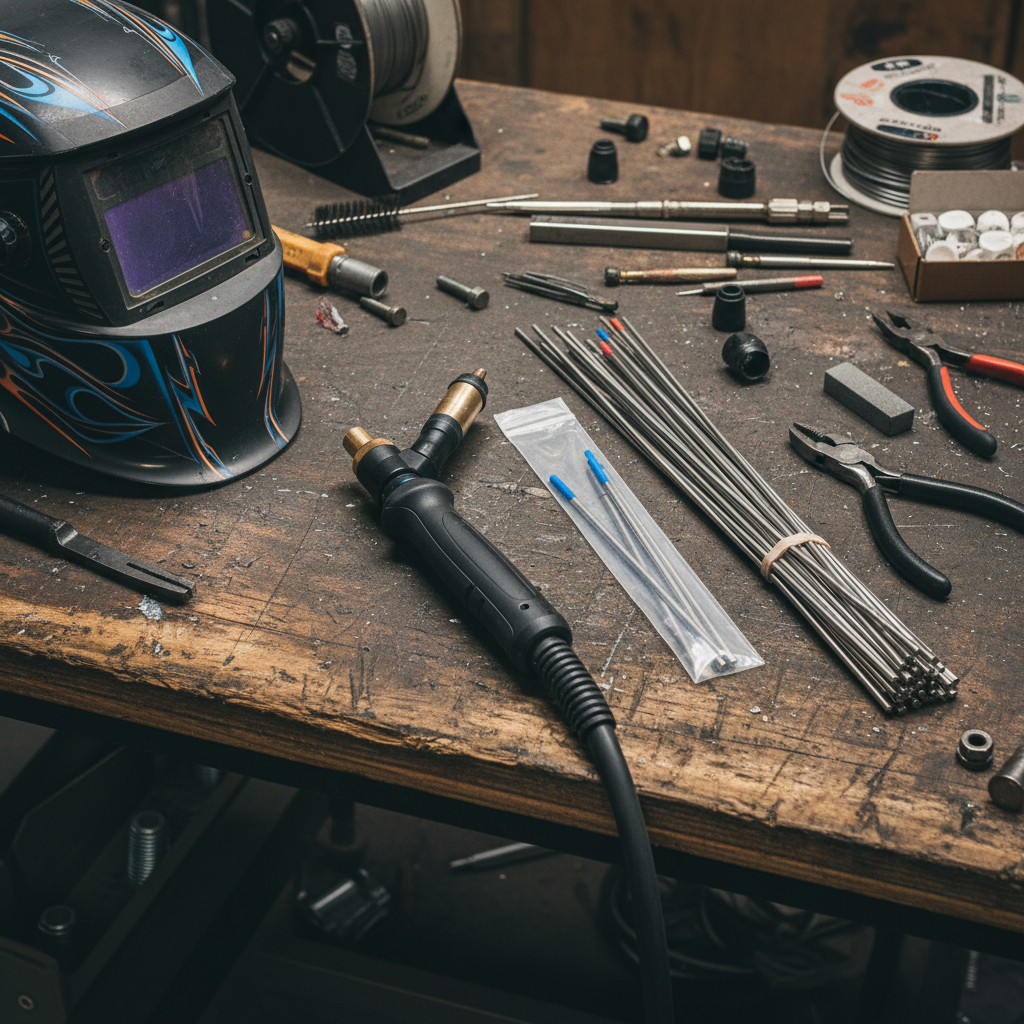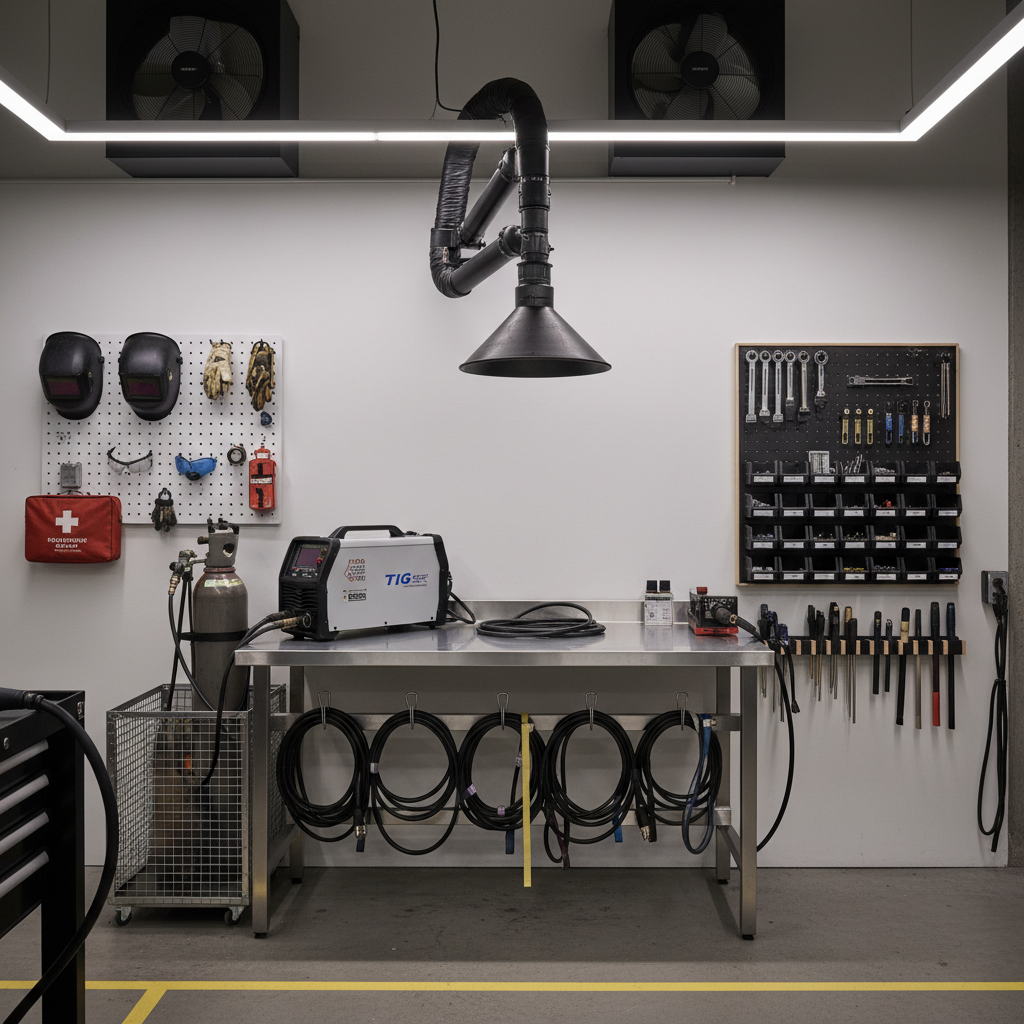TIG Welding For Beginners: Step-by-Step Setup Guide
TIG Welding for Beginners: Step-by-Step Setup Guide
Understanding TIG Welding Basics
Tungsten Inert Gas (TIG) welding, also known as Gas Tungsten Arc Welding (GTAW), is a precision welding technique admired for its versatility and clean, strong welds. Unlike other welding methods, TIG welding uses a non-consumable tungsten electrode to produce the weld. This process requires a steady hand and attention to detail, making it a preferred choice for joining thin sections of stainless steel, aluminum, and other non-ferrous metals.
Essential Tools and Equipment
Before diving into TIG welding, assembling the necessary tools and equipment is crucial. Each component plays a vital role in achieving a successful weld. Here's a list of what you will need:
- TIG Welder: Choose a welder suitable for the materials you plan to work with.
- Tungsten Electrodes: Opt for electrodes like thoriated or ceriated based on the material.
- Filler Rods: Select rods that match the base material; commonly used is ER70S-2 for steel.
- Protective Gear: Include a welding helmet, gloves, and apron for safety.
- Shielding Gas: Typically argon is used to protect the weld area from atmospheric gases.

Setting Up Your TIG Welder
Proper setup of your TIG welder is crucial for achieving high-quality welds. Let's break down the steps for setting up your machine:
- Connect the Power Source: Ensure your TIG welder is plugged into a compatible power outlet.
- Attach the Ground Clamp: Secure the ground clamp to a clean, conductive part of your workpiece.
- Install the Tungsten Electrode: Sharpen the tungsten to a point and insert it into the torch, ensuring it extends about 1/8 inch beyond the gas cup.
- Connect the Shielding Gas: Attach the gas cylinder to the welder and adjust the flow rate to approximately 15-20 CFH.
- Select the Correct Amperage: Adjust the amperage settings based on the thickness and type of metal being welded.
Choosing the Right Tungsten Electrode
Understanding the various types of tungsten electrodes and their applications is key. Thoriated tungsten is ideal for welding steel and stainless steel, while ceriated and lanthanated tungsten are suited for aluminum. Always ensure your tungsten is sharp, as this influences the welding arc's precision and stability.
Preparing Your Workspace
A proper workspace setup enhances both safety and efficiency. Ensure your workstation is well-ventilated to avoid buildup of harmful fumes. Keep your working area tidy to avoid accidents, and organize your tools so they are easily accessible. Equally important is maintaining a comfortable and ergonomic posture to allow steady hand movements during welding.

Executing the Initial Weld
With your setup complete, it's time to perform your first weld. Begin by practicing on scrap material similar to your project to refine your technique. Position yourself comfortably, holding the torch at a 15-degree angle to the workpiece. Strike the arc by engaging the foot pedal and maintain a consistent arc length of approximately 1/8 inch. Move the torch steadily along the joint, feeding the filler rod into the puddle created by the arc.
Tips for a Successful Weld
Patience and practice are your best allies in TIG welding. Keep these tips in mind:
- Maintain Arc Stability: A consistent arc keeps the weld uniform and clean.
- Control the Heat Input: Use the foot pedal to regulate heat, preventing material warping.
- Feed Filler Material Appropriately: Aim to dip the filler into the leading edge of the weld pool to strengthen the bond.
Troubleshooting Common Issues
Encountering challenges is part of the learning process in TIG welding. Common issues include tungsten contamination, which can be resolved by re-grinding the electrode, and erratic arcs, often a result of incorrect gas flow or dirty welding surfaces. Regularly inspect your setup and practice good welding habits to minimize such issues.
By mastering the basics outlined in this guide, you'll be well on your way to producing strong, aesthetically pleasing welds. Remember, each weld you complete will refine your skills, and with dedication, TIG welding will become an invaluable part of your skill set.